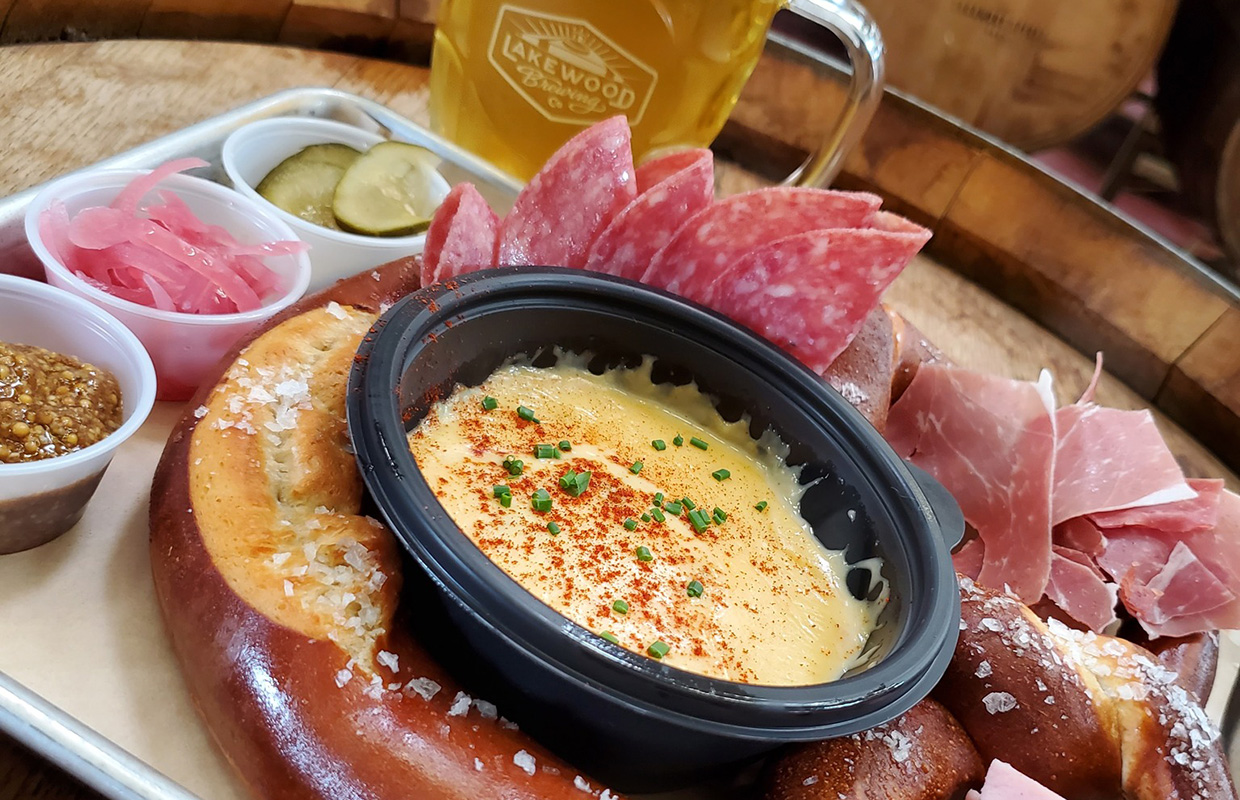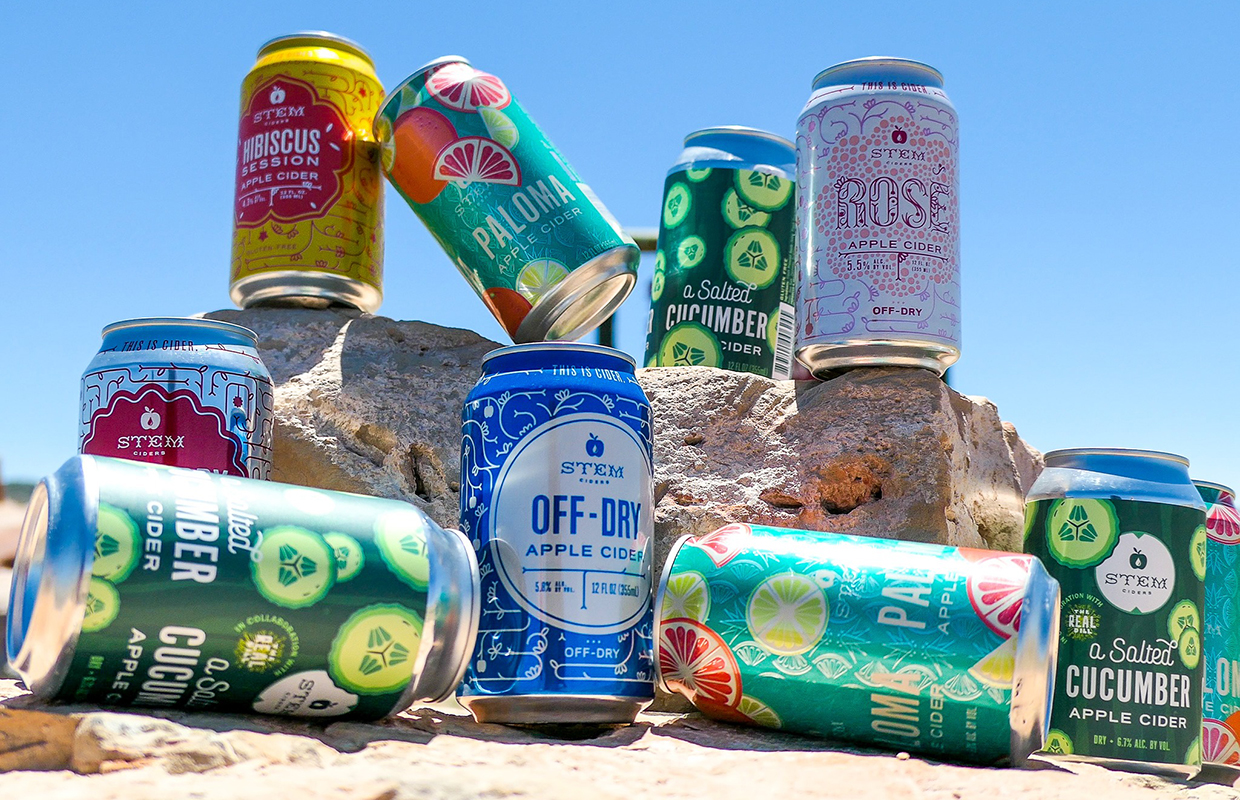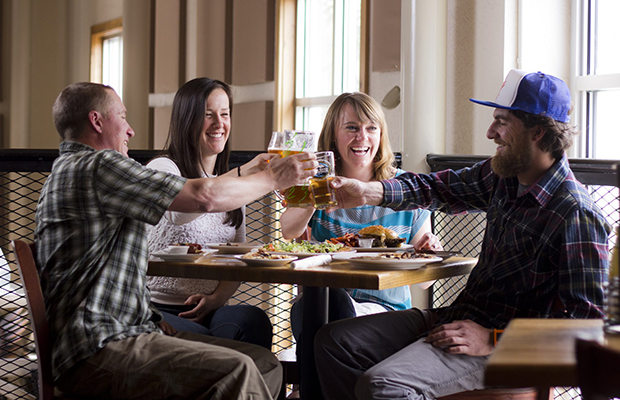
Managing both the taproom and kitchen operations requires a distinct set of skills, with a focus on customer experience along with cost management and inventory. For a brewery looking to keep food service internally and foregoing the use of outside food vendors or partnering with local restaurants, a brewery may have to pivot to create operations that are small initially while gradually expanding offerings to increase profitability and efficiency without a major financial burden.
Transitioning to an in-house kitchen significantly boosted profitability and food sales for Legacy Ale Works (read more here), which led to plans for gradual expansion while maintaining a focus on manageable growth and a more efficient operation.
When Lawson’s Finest Liquids opened its Waitsfield, Vermont taproom in 2018 CEO Adeline Druart told Brewer recently the brewery focused its vision on craft beer selection and offering a best-in-class “third place” experience.
“The taproom is designed like a modern lodge, bright and very open, with no TVs or loud music,” Druart said. “We want our guests to relax and enjoy their time with us.”
At the time of the opening, Lawson’s had a limited finger foods menu and served beer only. As the popularity of the taproom grew, they had the chance to evolve offerings to add on light fares to the food menu while mainly sourcing from local producers and farmers using their own kitchen.
“Today guests can enjoy beautiful local cheese and charcuterie plates, local greens salads, grilled sandwiches, and seasonal rotational items,” she said. “Our beverage offering has evolved also to include wine, N/A beer, and craft sodas.
“In the future, we plan to expand the experience with curated pairing events and classes.”
For Lakewood, it created its first foray into this side of the business since opening in 2011 was in late 2022. That meant a whole new side of the business that Vice President Brenda Busch admitted is not their forte, which meant bringing in experts to help them along was important.
“All the data shows that your onsite beer sales will go up significantly once you add food, which makes sense,” she said. “Everybody likes to nosh on something while they’re drinking, so it just makes sense that that’s going to impact the P&L positively not just from the food sales, but for the beer sales as well.”
When it comes to that addition of staff, teaching new servers both beer and food can be a challenge. Busch feels they set themselves up for success by creating a strong training program and onboarding process.






Be the first to comment